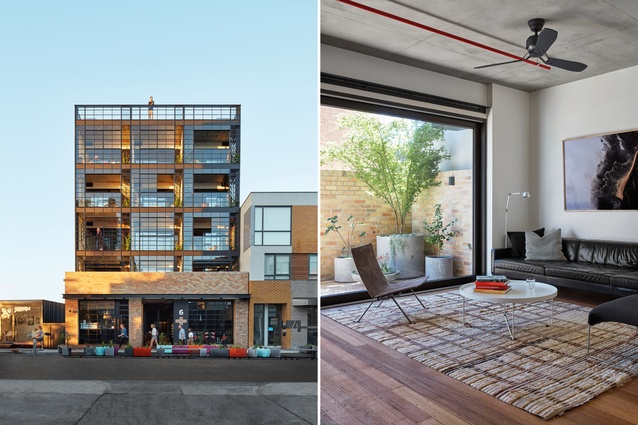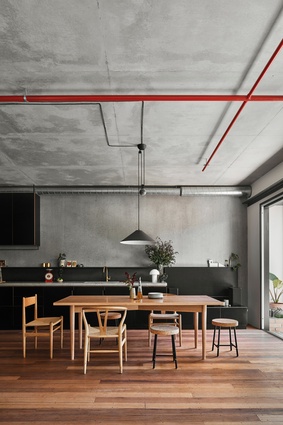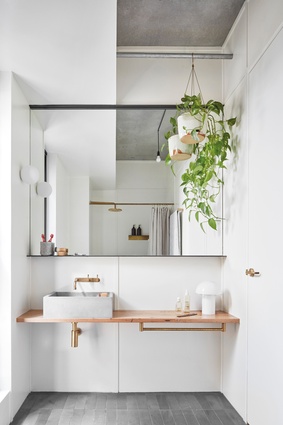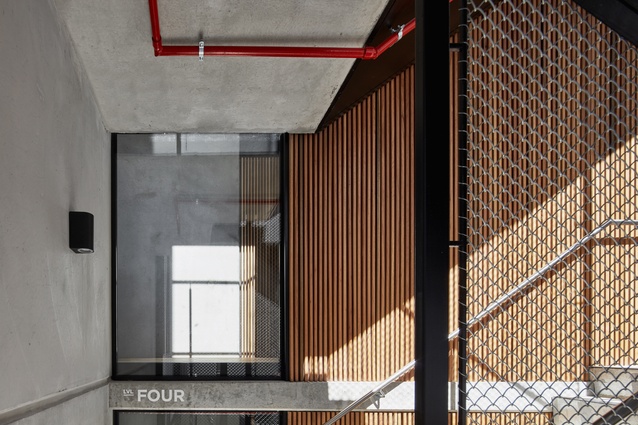Changing the game: Nightingale
Big thinking, deft details and a generosity of spirit give hope to this Melbourne suburb.
In this period of rampant urban construction, there are too few exciting departures from the generic human ‘shoeboxes’ stacked over car parks – with too many bathrooms – in various shades of beige… Ask most architects how to provide affordable, sustainable, quality inner-city housing and they can talk for hours about models, concepts and approaches that could be taken, if only it weren’t for the restrictions of ‘the market’.
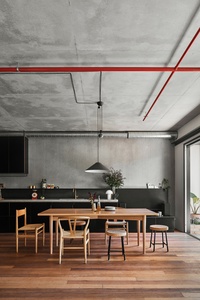
Set against this, stands the Nightingale Housing Model – a not-for-profit social enterprise that exists to support, promote and advocate for high-quality housing that is ecologically, socially and financially sustainable – and the latest completed project, Nightingale 1. Here, the architects are “not just talking, we are f**king delivering!” as simply stated by Breathe Architecture’s founding director, Jeremy McLeod. And he is right.
Nightingale Housing has a manifesto of aspirations that should elicit fist pumps for both jaded architects and apartment purchasers: build less, give more; put the money in the right places and where it is value-added; and house people (and bikes), not cars. Real estate agents are not needed – marketing happens through Instagram and purchasers can influence the design from an early stage.
The 20 apartments in Nightingale 1 are located in Brunswick, Melbourne, and the choice of name for the model is consciously drawn from Florence Nightingale, the nurse who transformed the fatally flawed 19th-century British health system. The architects of Nightingale Housing hope they can be like Florence Nightingale and, similarly, raise the quality of and transform urban housing.
Nightingale 1 is a step change in this transformation: the next iteration in a process of improvement. The building contains 18kW of solar power (the previous scheme, ‘The Commons’, had 5kW), achieves a NatHERS rating of 8.2 stars (up from 7.5) and is fossil-fuel free and carbon free. It sets new sustainability targets and challenges for the next Nightingale Housing scheme.
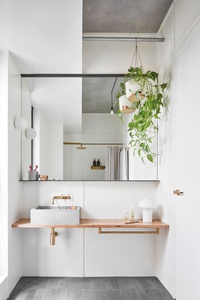
But the architecture doesn’t scream these green credentials – instead, the building’s appearance is formed from the physical context of its location, and the social context and history of the neighbourhood. The southern street façade is composed of 12 winter-gardens over a base of 1950s’ crème brick, once common to the street.
Demonstrating, again, an awareness of history and the simplicity, honesty and humanity of the modern movement, the material and detail of Walter Gropius’ 1913 Fagus Factory is knowingly referenced. The brick is similar in tone, and the steel and glass of the winter-gardens are proportioned to the scale of the people housed in the building.
Nightingale 1 demonstrates architects confidently ‘working through the gears’ – addressing the big picture – resolving the detail. Exposed soffits and minimal partitions for bigger volumes require deft control of the services and, here, their execution is immaculate. Even the construction defects are treated creatively.
Rather than make good uneven finishing of the western façade, it was treated as a temporary canvas and artists Loretta Lizzio and Cam Scale’s mural Selene was commissioned instead. On a party wall, that will ultimately be hidden when the neighbour builds, this artwork signals the generosity of spirit of this building, the architects, the community and the Nightingale Housing project.

